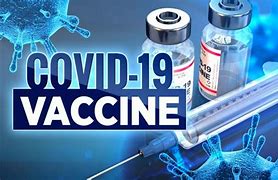A brain implant to treat depression, also known as a deep brain stimulation (DBS) device, has been developed and tested in clinical trials. The device works by delivering small electrical pulses to specific areas of the brain that are thought to be involved in mood regulation. These pulses are thought to modulate abnormal brain activity and alleviate symptoms of depression. The device is surgically implanted and controlled by a handheld device, which allows the patient to adjust the level of stimulation. DBS for depression is still considered an experimental treatment and has not been approved by regulatory agencies for general use.
The world’s first brain implant to treat depression was unveiled by a team of scientists at the University of California, San Francisco (UCSF). The implant is a small device that is placed in the brain and uses electrical stimulation to target specific areas of the brain that are associated with mood regulation. The device is still in the experimental phase, but initial results have been promising. The implant is designed to be a long-term treatment option for patients with treatment-resistant depression.
The world’s first brain implant to treat depression, called the NeuroPace RNS System, was approved by the U.S. Food and Drug Administration (FDA) in 2013. The device is designed to help people with treatment-resistant depression by continuously monitoring brain activity and delivering electrical stimulation to specific areas of the brain when abnormal activity is detected. The stimulation is intended to normalize brain activity and reduce symptoms of depression. The device is implanted in the brain and can be programmed and monitored by a healthcare provider using a computer. It is only recommended for patients who have not benefited from other treatments, such as medication or psychotherapy.




